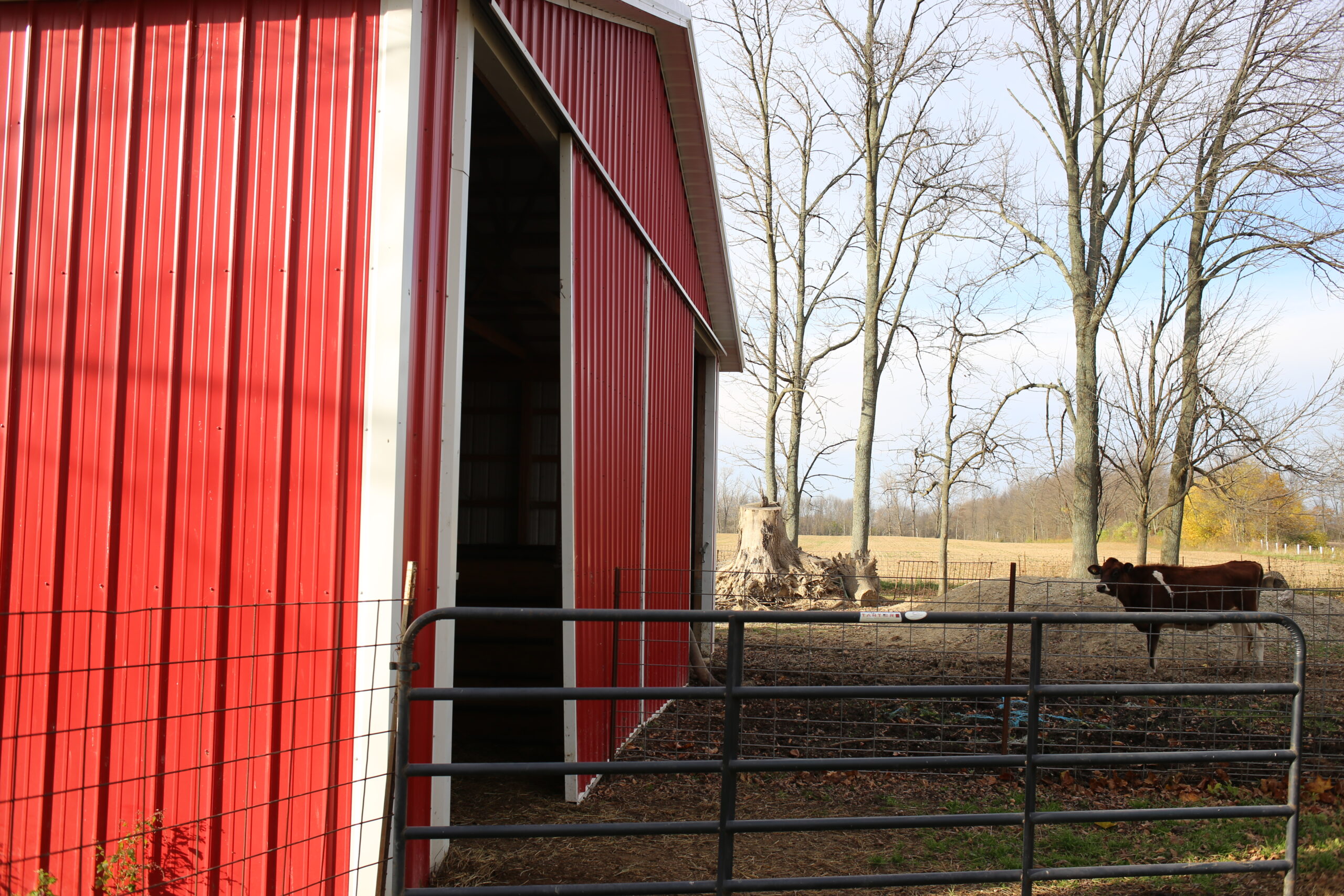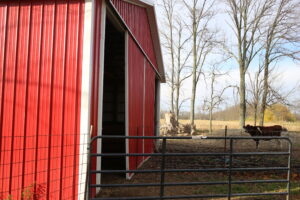
Pole barn buildings offer a great way to add storage space to your property. They are easy to build and cost effective. Whether you want a small storage facility, a tool shed, or an art haven, you can customize your pole barn to suit your needs. With so many available choices, you may feel overwhelmed when beginning your research.
Your primary use for the pole barn will largely dictate the choices that you make during the purchasing process. Some pole barns even come in a “kit” form that a contractor can build for you. Others are planned like any other facility and can accommodate a range of needs from homes to refrigerated storage.
Here are some of the most common uses for pole barns and what you need to consider to get started with each:
- Agricultural. For livestock, farm equipment, or grain and hay storage, there is a pole barn that will work for you. The construction allows for maximum internal space while maintaining a hardy structure that will survive most storm conditions. Consider the indoor/outdoor needs of the space along with fencing and entryways when thinking about an agricultural building.
- Homes. You may want an open layout or a more traditional space. Pole barn construction allows for maximum customization with a variety of outdoor vanishes, including steel or traditional brick or vinyl.
- Storage. For a small business or commercial operation, you can create a manual workspace alongside offices or include a refrigerated area within a pole barn construction. Store large equipment, including vehicles and RVs, or create a multi-functional space that can accommodate whatever you need to store at the time.
Depending on the location and your environmental needs, you may choose certain materials to create an optimal structure. Think about location in terms of proximity to other buildings, water flow, and shade. Your pole barn company can help you scout out the best place and structure for your barn.
When thinking about entryways and uses, remember to ensure you have enough space to move vehicles and equipment in and out of the storage area. Normal garages are typically constructed with a 9-10 foot width, while larger farm equipment and RVs may require 12 or more feet. Horse barns, on the other hand, need to accommodate the center aisle with a 30 foot width on average. Thinking about what you need to accommodate beforehand will answer your questions regarding kit sizing and customization and get you started on the right track to building your storage space.
Contact us at MilMar Post Buildings to discuss your storage needs.